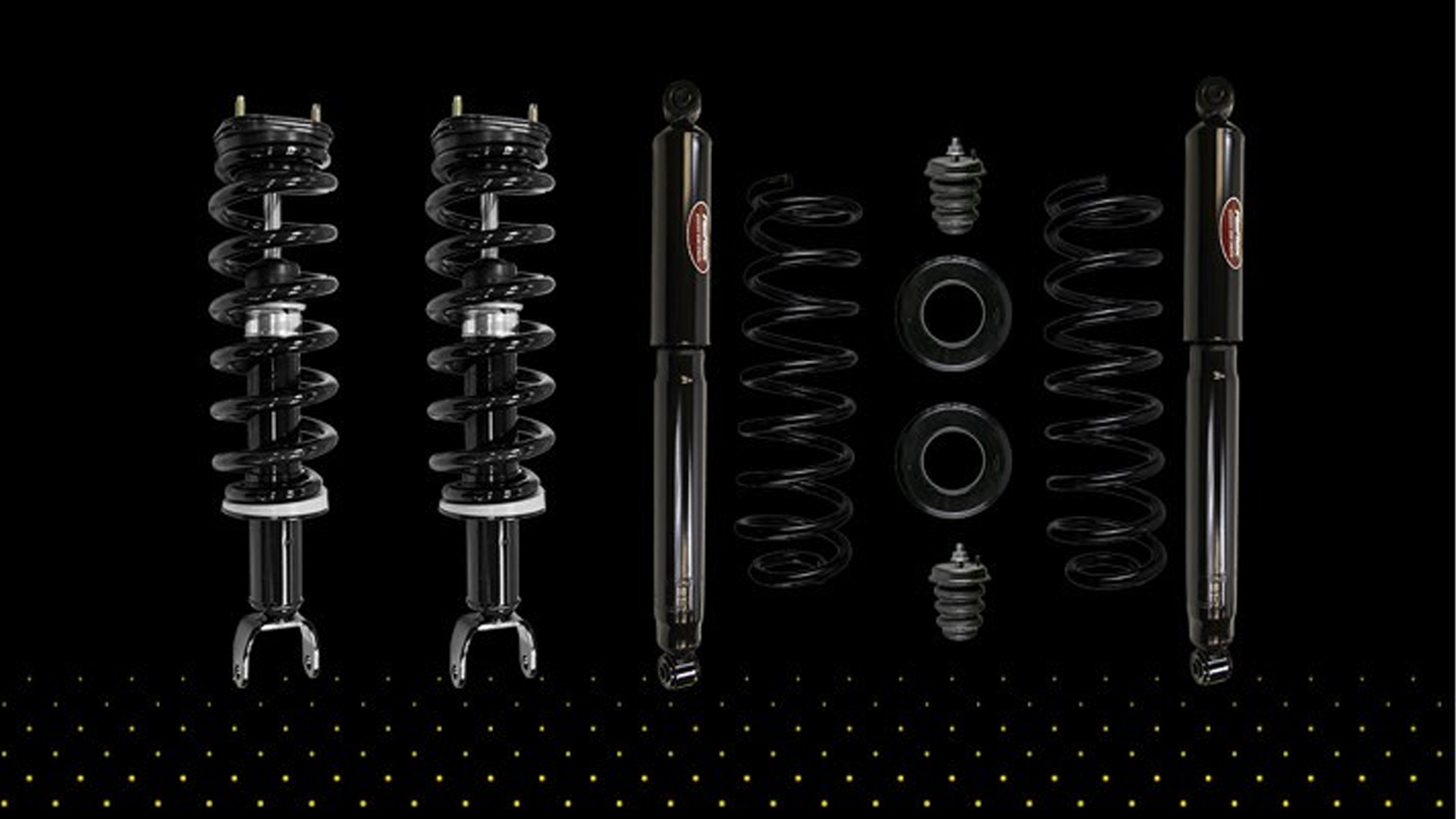Understanding Suspension Springs: Types, Functions, and Benefits
Suspension springs are crucial components in automotive and mechanical systems. They absorb shocks, maintain vehicle stability, and enhance performance. These springs ensure a smooth ride by absorbing energy from road irregularities. Here’s a look at the types, functions, and benefits of suspension springs.
Key Functions of Suspension Springs
- Shock Absorption:
- Suspension springs absorb impacts from road bumps and potholes. Thus, they provide a smoother ride for passengers and reduce shock to the vehicle’s chassis.
- Load Support:
- These springs support the vehicle’s weight, including passengers and cargo. Consequently, they maintain the ride height and ensure proper handling and stability.
- Stability and Control:
- Suspension springs help keep tires in contact with the road, improving traction and control. Therefore, they enhance the vehicle’s handling during driving maneuvers.
- Vibration Damping:
- By absorbing road vibrations, suspension springs protect the vehicle’s components. As a result, they help prolong the life of the vehicle and its parts.
Types of Suspension Springs
- Coil Springs:
- Coil springs are the most common type used in modern vehicles. These helical springs compress and expand to absorb shock and maintain vehicle height. They are found in both front and rear suspension systems.
- Leaf Springs:
- Leaf springs consist of several metal layers (leaves) bound together. They are primarily used in heavy-duty vehicles like trucks and SUVs. Additionally, they offer excellent load-bearing capacity and durability.
- Torsion Bars:
- Torsion bars are long metal rods that twist to absorb shock. Used in some front suspension systems, they provide adjustable ride height and spring rate.
- Air Springs:
- Air springs, or air bags, use compressed air to absorb shock and support the vehicle load. Often used in luxury and heavy-duty vehicles, they offer adjustable ride height and superior comfort.
Benefits of Using Suspension Springs
- Enhanced Ride Comfort:
- Suspension springs improve ride comfort by absorbing shocks and vibrations. This provides a smoother and more enjoyable driving experience.
- Improved Handling and Stability:
- These springs maintain vehicle stability and handling, especially during cornering, braking, and acceleration. Thus, they ensure better control and safety on the road.
- Durability and Longevity:
- High-quality suspension springs are built to withstand harsh road conditions and heavy loads. As a result, they ensure long-lasting performance and reliability.
- Versatility:
- Suspension springs come in various designs and configurations to suit different vehicles and driving conditions. For instance, they range from compact cars to heavy-duty trucks.
Applications of Suspension Springs
- Automotive Industry: Used in the suspension systems of cars, trucks, SUVs, and motorcycles, they provide shock absorption, load support, and stability.
- Industrial Machinery: Employed in heavy machinery and equipment, they absorb vibrations and shocks, protecting sensitive components.
- Railway Systems: Utilized in train suspension systems, they enhance passenger comfort and reduce track wear.
What’s Next for Suspension Technology?
As we continue to innovate and push the boundaries of automotive technology, what future advancements in suspension springs can we expect? Will new materials and designs revolutionize vehicle stability and comfort even further, or are we nearing the peak of what’s possible with current technology? The evolution of suspension systems raises these intriguing questions, leaving us to ponder the next big leap in ride comfort and vehicle performance.


